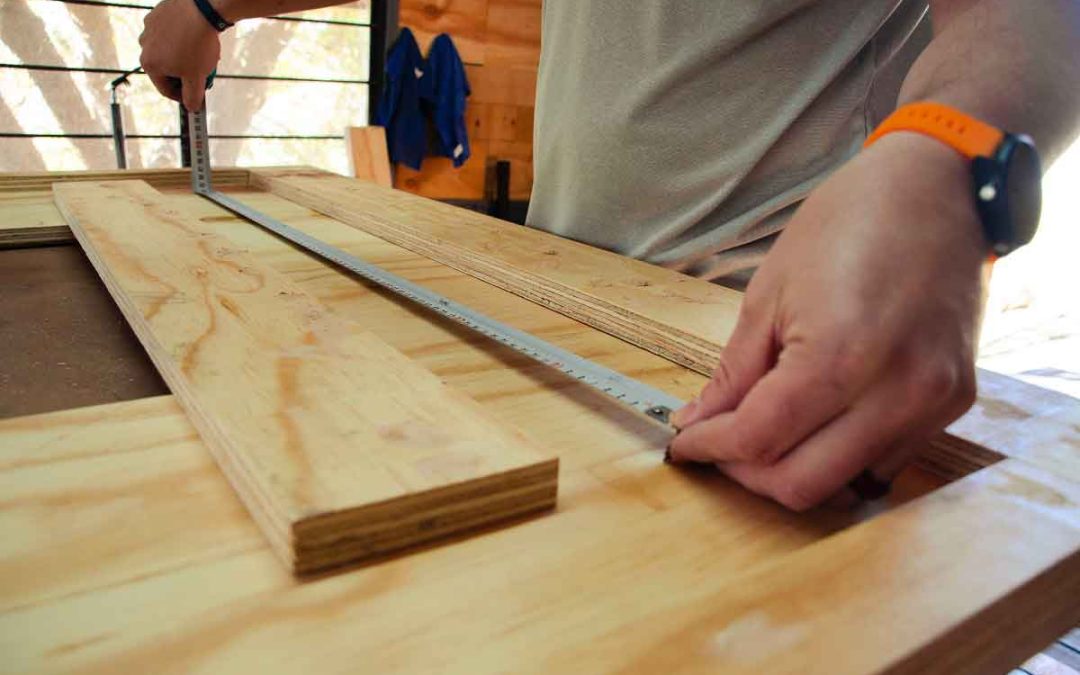Thick PVC edge banding is a versatile and practical solution for adding a durable and attractive finish to furniture, cabinetry, and other woodworking projects. With its increased thickness and high-quality PVC material, thick PVC edge banding offers enhanced durability, impact resistance, and design options. Whether you are a professional woodworker or a DIY enthusiast, understanding the benefits and proper application of thick PVC edge banding can elevate the quality and aesthetics of your projects.
One of the primary advantages of thick PVC edge banding is its exceptional durability. The increased thickness provides added strength and resistance to impact, making it ideal for areas that are prone to heavy use or potential damage. Whether it’s a kitchen countertop, a cabinet door, or a piece of furniture, thick PVC edge banding ensures that the edges remain protected and maintain their appearance over time.
In addition to its durability, thick PVC edge banding offers a wide range of design options to suit various styles and preferences. It is available in different colors, patterns, and finishes, allowing you to match or contrast with the surface material and achieve the desired aesthetic for your project. Whether you prefer a seamless and contemporary look or a more traditional and rustic feel, there is a thick PVC edge banding option that will complement your design vision.
The installation process for thick PVC edge banding is relatively straightforward, especially if you are familiar with standard edge banding techniques. The process typically involves preparing the substrate, cutting the edge banding to size, applying adhesive, and securing the edge banding to the edge of the material.
Before starting the installation, ensure that the edges of the substrate are clean, smooth, and free from any dust or debris. This preparation ensures optimal adhesion and a seamless finish. If necessary, sand or trim the edges to achieve a flat and even surface.
Next, measure and cut the thick PVC edge banding to the desired length, leaving a slight overhang on both ends. This overhang will be trimmed later to achieve a precise fit. It is recommended to use a sharp utility knife or a specialized edge banding trimmer for clean and accurate cuts.
Once the edge banding is cut to size, apply adhesive to the backside. There are various adhesive options available, including hot melt adhesive and contact adhesive. Follow the manufacturer’s instructions for the specific adhesive you are using, ensuring proper application and drying time.
With the adhesive applied, carefully position the thick PVC edge banding onto the edge of the substrate, aligning it flush with one edge and leaving the excess overhang on the opposite side. Apply pressure along the entire length of the edge banding to ensure a strong and even bond. A roller or a press block can be used to eliminate any air bubbles or wrinkles and to ensure proper adhesion.
Once the edge banding is firmly in place, allow it to set and cure according to the adhesive manufacturer’s instructions. This curing time ensures that the bond between the edge banding and the substrate is strong and durable. Afterward, use a sharp utility knife or a specialized edge banding trimmer to trim the excess overhang flush with the edge of the substrate. Take care to achieve clean and precise cuts, resulting in a seamless and professional finish.
Thick PVC edge banding offers numerous benefits beyond its durability and design options. Its resistance to moisture, heat, and chemicals makes it suitable for various applications, including kitchens, bathrooms, and commercial spaces. The non-porous surface of PVC edge banding is also easy to clean and maintain, ensuring that your projects remain in pristine condition for years to come.
Furthermore, thick PVC edge banding provides an additional layer of protection to the edges of your furniture or cabinetry. It helps prevent chipping, splintering, and wear, prolonging the lifespan of your projects. The enhanced thickness of the edge banding adds a visually appealing and finished look, giving the impression of a solid piece of material rather than an exposed edge.
In conclusion, thick PVC edge banding is a versatile and practical solution for enhancing the durability and aesthetics of your woodworking projects. Its exceptional strength, wide range of design options, and ease of installation make it a preferred choice for professionals and DIY enthusiasts alike. By incorporating thick PVC edge banding into your projects, you can achieve a polished and long-lasting finish that enhances both the appearance and functionality of your furniture and cabinetry.

